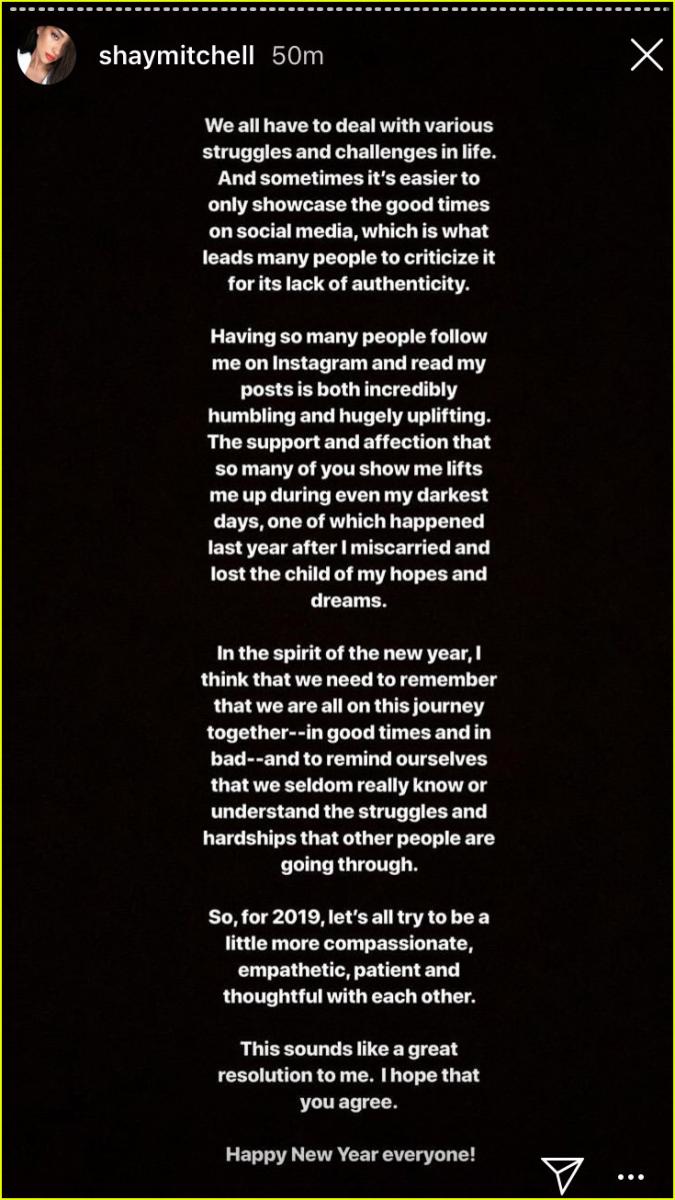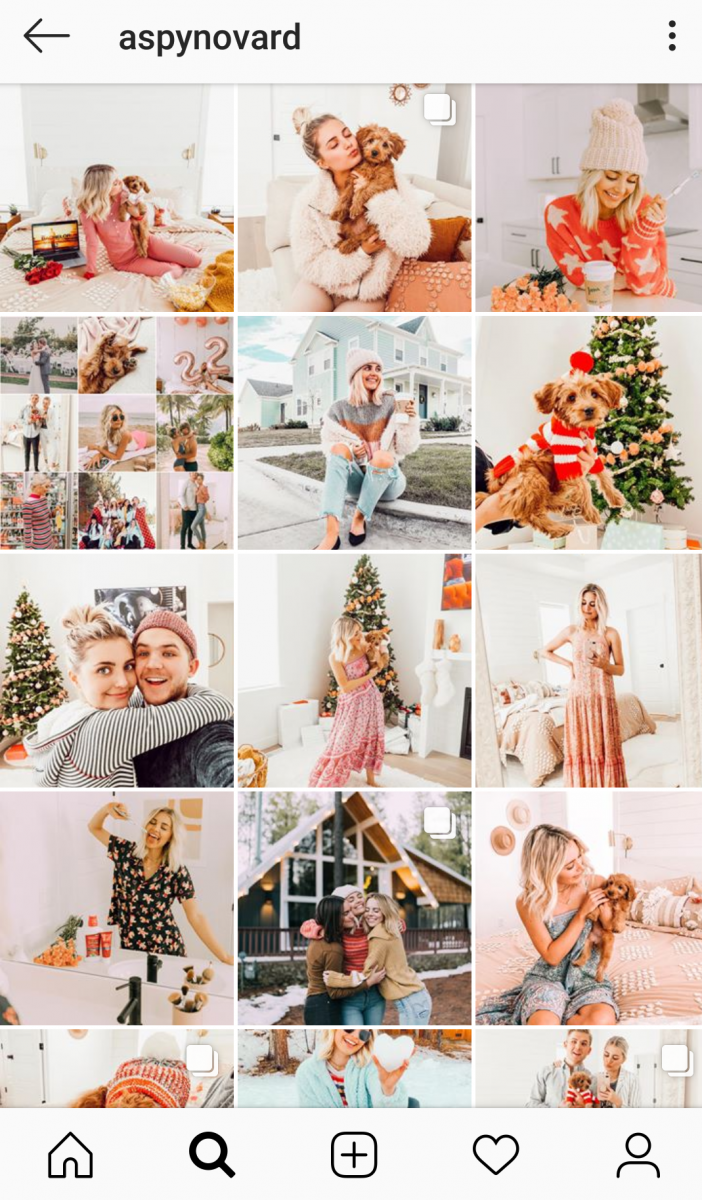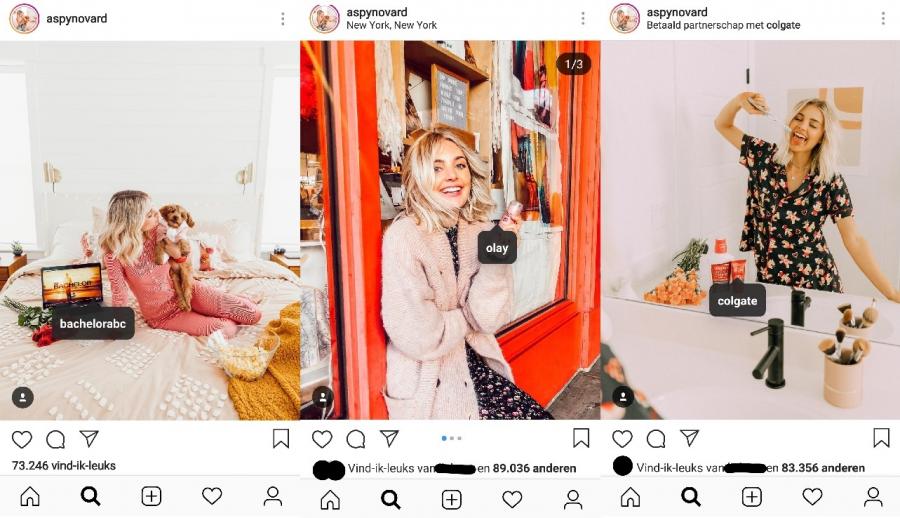
Influencers: From Connectedness to Connectivity
The rise of influencers is one of the many consequences of the shift from connectedness to connectivity.
Influencers: from connectedness to connectivity
Human beings have always wanted to connect and interact with other human beings. With the emergence of Web 2.0 it has become possible for people to connect with others around the globe in new online social environments, and potentially global connectedness is a new characteristic of the Internet.
With the rise of a new eco-system and a new set of rules on how to be social, we have gone from networked communication to platformed sociality, from social media to connective media, but most importantly from human connectedness to automated connectivity. Van Dijck (2013) argues that connectedness is about people connecting with other people. It has a sense of humanity to it. Connectivity, on the other hand, is about a connection between humans based on algorithms and other technical features of a platform (e.g. Facebook). Algorithms for instance suggest which people you will like and become friends with and do not show you the ones predicted to be uninteresting for you.
This means we have moved from one kind of sociality - informal activity in the private sphere - to another: algorithmically mediated transactions in the corporate sphere with automated communication. We have shifted from localized and casual speech acts to formalized inscriptions on platforms (van Dijck, 2013).
Sociality is enjoyed and exercised through precisely the commercial platforms that also exploit online social activities for monetary gains (van Dijck)
Platforms use coding technologies to turn connectedness into connectivity. Van Dijck (2013, p.18) argues that "Sociality is enjoyed and exercised through precisely the commercial platforms that also exploit online social activities for monetary gains". Below we will look further into this commercial aspect through the phenomenon of influencers.
Before we start examining this, we must first know what the term 'influencer' actually means. According to the Cambridge Dictionary an influencer is “someone who affects or changes the way that other people behave, for example through their use of social media”.
An influencer is someone who is highly active on social media and has an audience that listens to him or her, and who influences their behavior, including their purchasing behavior as consumers. They have a special way of advertising, in which you are not necessarily aware of being the terget of advertising. As a result, specific brands are given enormous boosts. Influencers can be found on almost every social media platform, but YouTube and Instagram are the most popular (Arrachart, 2017). Through YouTube videos and Instagram posts, influencers can connect with their audiences. This is one of the most important characteristics: influencers build a personal connection with their followers.
Online influencer beautygloss
One online influencer who has been active for years, is Mascha Feoktistova. She is better known as Beautygloss, the name of her YouTube channel. She was one of the first in The Netherlands who started a successful blog back in 2007. Soon after that she became popular on YouTube and nowadays she runs two different channels on this platform. She also has her own Mascha Planner product series, runs several projects, and of course she has sponsorships with different companies.
In one of her recent uploads, the video above, she talks about the insider's perspective on being an influencer. Mascha talks about how people assume that influencers make money by simply making videos or by posting on Instagram, while so much more goes on in the background. There is a whole management team behind any particular influencer, which arranges sponsorships and projects, and manages the costs. The management collaborates with the influencers to plan their future and career, and to develop new ideas.
Beautygloss is directed towards a specific audience, namely young girls who are interested in make-up, fashion and lifestyle. Other influencers target specific audiences interested in sports, models, music or photography. Different influencers, thus, facilitate different voices.
We can look at all these influencers in different niches as micro-celebrities. They strategically formulate a profile through which they reach out to followers. They reveal personal information to increase attention and improve their online status. In the eyes of companies, their capacity to attract attention is highly valuable. For them this is a chance to promote their products through often inconspicuous advertising.
YouTube as starting point
YouTube started out as a platform on which Internet users could share self-made videos, and quickly became an alternative to watching television. Van Dijck (2013, p.113) points out that “YouTube’s interface design and its underlying algorithms select and filter content, guiding users in finding and watching certain videos out of the millions of uploads”. It "steers user navigation and selects content to promote", also based upon the popularity principle (van Dijck 2013; p.113): the more engagement your content has, the more contacts you have and make, the more valuable you become, because more people think you are popular and hence want to connect with you.
This not only holds for people, but also for pictures, videos or ideas. Basically, everything that is presented on online platforms can be ranked through the popularity principle. But the concept of popularity on social media platforms is misleading. Whereas social media firstly was about connectedness, it is now about connectivity. Nowadays, you are not popular on online platforms because you interact with all the people you really know. You are popular because algorithms make sure that the people who already have many followers or friends become even more popular.
YouTube makes it possible for people to grow and become influencers
YouTube allowed certain people to grow popular and become influencers. This was possible because YouTube is characterized by social networking. This means that, in contrast to the old media, there is a possibility for two-way communication. The old broadcasting model only has one-way distribution to viewers or readers (van Dijck, 2013).
YouTube makes it possible for creators to connect with their audience and in this way create a personal bond with them. Viewers feel connected to the person behind the videos and this makes it easier for these creators to actually influence their viewers.
The shift from community-oriented social networking to viewer-based principles is what has boosted the role of influencers even more on YouTube. Now the majority of users are viewers, and a much smaller number produces content. This brings us back to the popularity principle. The higher a YouTube channel is ranked through the popularity principle, the more influence it potentially has on the viewing masses, thanks to the visibility given by YouTube.
Influencers that became popular on YouTube often extend their authority to the more recent social platform of Instagram.
#instafamous
Aspyn Ovard, Noor and Shay Mitchell are just three examples of people that are “instafamous”: users with a lot of followers on Instagram and, therefore, a lot of influence.
Similarly to what was mentioned for YouTube above, content on Instagram is organized by the popularity principle: the more likes, reactions and followers you have, the higher you will appear on the feed of other Instagram users.
This is done through algorithms. Algorithms are “a finite list of well-defined instructions for calculating a function, a step-by-step directive for processing or automatic reasoning that order the machine to produce a certain output from given input (van Dijck, 2013, p.30)”. In other words, based upon computerized data analysis, social actions can be translated into commercialized actions. The Instagram algorithm tries to predict which posts or videos you will like the most based on criteria such as your interests and relationships, and the timeliness of content. Your interests entail that Instagram uses your history of likes to predict which content you would like to see. Timeliness means that newer posts will show up higher in your feed than posts from a week ago, and relationships involves seeing more posts from someone you tag, like, or react to a lot (Loren, 2018).
Linking this up with the popularity principle, we can see why companies are so interested in influencers like Aspyn Ovard. As it is possible to algorithmically identify what users are interested in, companies can then use this information to show specific advertisements to different interest groups. Often this is done through influencers. For example, looking at the Instagram feed of Aspyn Ovard below only superficially, we seem to just see basic pictures of an ordinary girl’s life.
Figure 1 Aspyn Ovard's Instagram feed
But when we take a closer look at some of her posts, it is clear that she is advertising for certain companies.
Figure 2 Aspyn Ovard's advertisment posts
From her recent posts it can be seen that she is sponsored by Colgate, Olay, and bachelorabc to advertise their products. This brings us back to the issue of invisible or inconspicuous advertising. Companies get their products displayed by influencers who have a huge fan base. This practice of implicit advertising is not forbidden by Instagram's advertising policy. Implicit advertising allows consumers to interpret the advertisement's message in their own way. Therefore it is more often seen as a sincere recommendation from a friend than as a marketing event (Mack, n.d.).
This is one example of the ways in which social media nowadays are used for monetary gains. Through connectivity, people who are interested in the same things will come into contact with each other or will follow the same influencers. In this way, companies can effectively advertise their products through an influencer to a selected audience.
Platform design and behavior
Although the lives of influencers often seem perfect, they are also the ones who speak out about social media being deceitful. At the end of 2018, the celebrity Shay Mitchell spoke out about this on her Instagram story. She explained that influencers, just like ordinary people, only show the highlights of their lives on social media. It is very tempting for people to not tell the whole truth, in order to be perceived in the best light by others. She revealed that she suffered from a miscarriage in 2018 and that the support and affection from her followers really helped her through these dark days. In this light, she calls for more attention for understanding people online. That even though people mainly show their personal highlights on online platforms, everyone has to deal with bad things too.

Figure 3 Shay Mitchell's Instagram story
Shay Mitchell calling attention to this problem is a positive thing, but there are still many people who believe that the lives of influencers are close to being perfect. The interface of Instagram is designed in such a way that the most popular, recent posts appear higher on your feed than anything else. It is thus almost impossible to avoid the posts taken in cool places with perfect lighting and edited in such a way that it makes them look almost surreal.
This kind of content, which is found all over Instagram, makes many Instagram users feel the pressure to live up to that specific image of a perfect life. And even though many people know someone’s profile will very likely hide what is really going on, they still feel the need to adjust their behavior in such a way that their lives will look as perfect as those of the influencers they are following.
One behavioral consequence of this seemingly perfect content is consumerism, which I mentioned above. Platform users have the idea that if they use the same products, buy the same clothes, or visit the same places as popular influencers, they will be one step closer to the perfect life.
Connectivity
Although social media influencers can directly communicate with their followers, we can conclude they make at least as much use of social media platforms' automated connectivity as of the human connectedness (van Dijck, 2013) they afford. Online social life is not merely about interacting with or being influenced by one's friends anymore. It is a place where platform users are being influenced by influencers, who become more and more visible and popular due to algorithms.
The connection between influencers and social media users is based on connectivity. Influencers that are known for things that you happen to be interested in will appear in your feed. In this way, as van Dijck (2013) argues, social media is not only about being social in the sense of connecting with other human beings (connectedness), but also about algorithms deciding for you who and what you will find interesting (connectivity).
References
Daamen, F. (n.d.). Influencer. In LAB51.
Loren, T. (2018, June 4). The New Instagram Algorithm Has Arrived – Here’s How It Works. In Later.
Mack, S. (n.d.). The Message Components of Implicit Advertising Vs. Explicit Advertising. In Chron.
Van Dijck, J. (2013). The culture of connectivity. A critical history of social media. Oxford: Oxford University Press.

